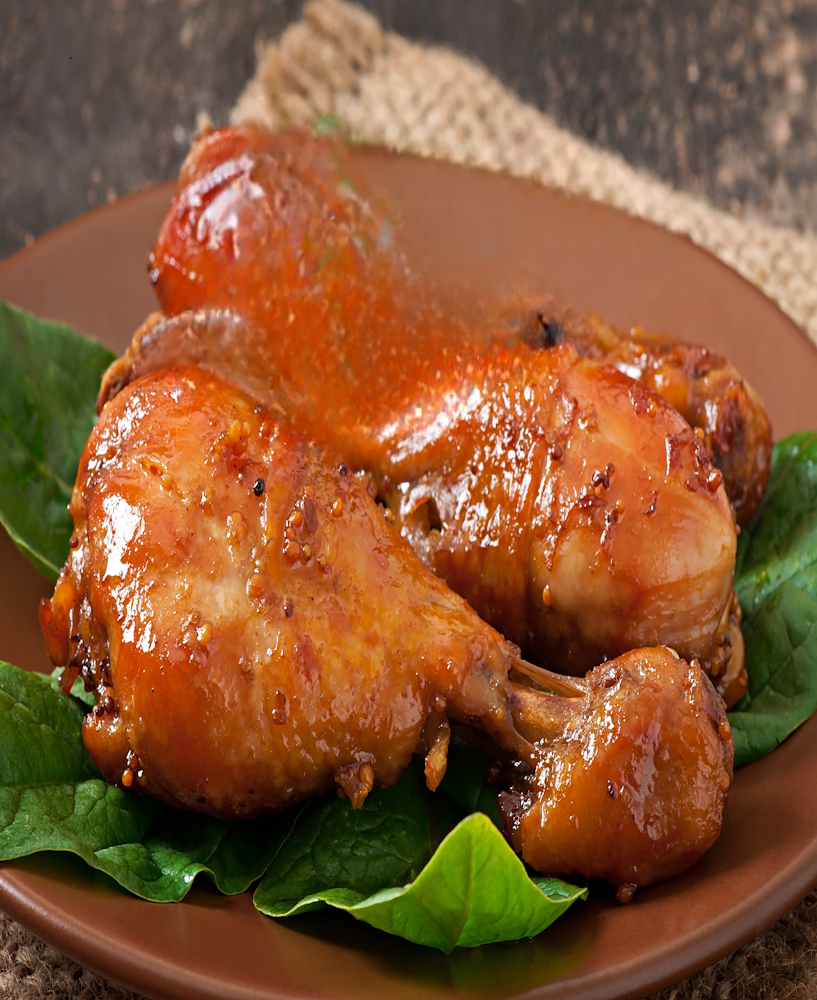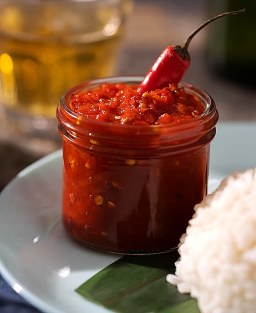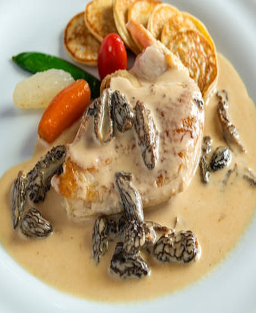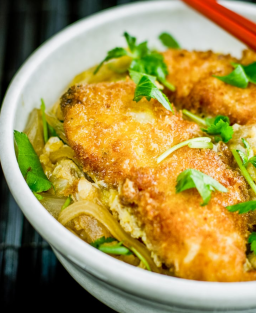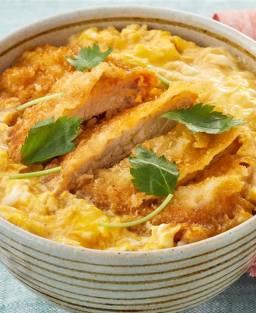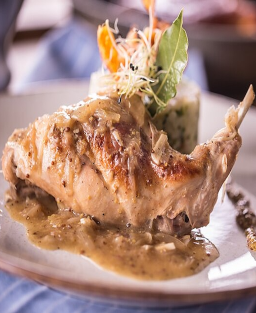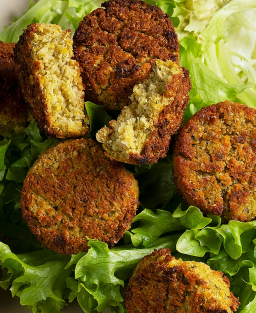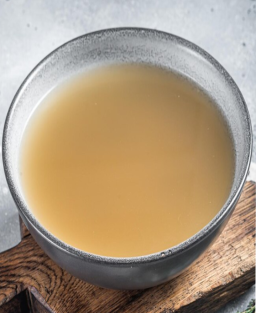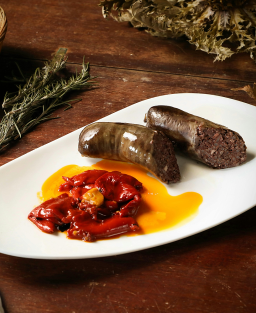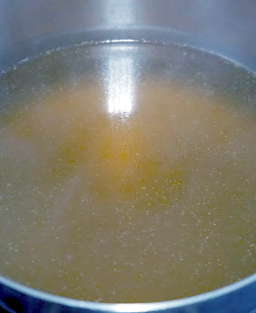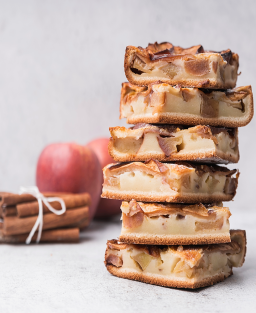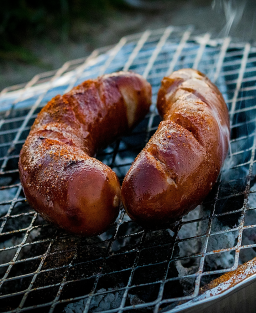- Out-of-Stock
Ancestral Recipe of the Venda People, Southern Africa: Roast Chicken with Honey and Traditional Vegetables
Ancestral Recipe of the Venda People, Southern Africa: Roast Chicken with Honey and Traditional Vegetables
Mudzimu wa Venda: Zwimmbilu zwa vhuthu zwa tshimangwa na maḓi a tshisadzi
(Ancestral recipe of the Venda people: Roast chicken with honey and traditional vegetables)
Origin:
This recipe comes from the Venda people, one of the ethnic groups in Southern Africa richest in spiritual and culinary traditions. Passed down orally from generation to generation, it is often prepared for ritual celebrations, births, harvests, or to honor ancestors during sacred ceremonies.
Traditional Ingredients
All ingredients come from the natural environment, cultivated or harvested locally without any chemical inputs or industrial processing:
-
A whole free-range farm chicken, raised freely in the yard (not force-fed, fed on natural grains, insects, and herbs).
-
Raw salt: either crushed rock salt or ash from local salty plants (such as certain herbs or burnt bark).
-
Wild coriander (or any available local aromatic herb).
-
Morogo leaves (indigenous leafy vegetables such as amaranth, pumpkin leaves, or sweet potato leaves).
-
African tubers: yams, cassava, madumbes (African taro).
-
Local squashes: rustic African varieties with firm flesh.
-
Wild honey: hand-harvested from natural hives (hollow trees, termite mounds), without industrial extraction.
-
Natural animal fat: collected from chicken, goat, or beef (depending on availability).
-
Dry wood for the fire: no gas cooking, only embers or heated stones.
Traditional Preparation (Venda ancestral method)
-
Preparation of the sacred fire
The fire is lit under a sacred tree or away from homes, as the ancestors did.
Flames are allowed to die down until only glowing embers remain. -
Preparation of the chicken
The chicken is ritually slaughtered, giving thanks to the ancestors and the spirit of life.
It is cleaned with spring water or water from a natural well.
It is rubbed with raw salt or traditional salted ash.
Aromatic leaves (wild coriander, local herbs) are placed inside the cavity to flavor the meat.
The chicken is rubbed with a little melted animal fat to prevent it from drying out during cooking. -
Cooking the chicken
The chicken is roasted on a wooden spit, slowly turned over the embers.
Sometimes, it is buried in a pit with heated stones, covered with leaves, then earth, for slow steaming.
During the last minutes, it is brushed with some wild honey, creating a golden, slightly caramelized crust with woody aromas. -
Preparation of the vegetables
The tubers (yams, taros, cassava) are cooked in a clay pot placed on the embers or buried in hot ashes.
Morogo leaves are washed and lightly sautéed in fat, with a bit of salt and wild spices.
The squash is either roasted directly in the embers, wrapped in leaves, or steamed in a closed pot.
Assembly and Serving
The chicken is carved by hand on a wooden platter.
It is served accompanied by:
-
tender tubers,
-
fragrant green morogo leaves,
-
slightly sweet pieces of squash.
A final drizzle of honey may be added to the vegetables, symbolizing blessing and abundance.
Cultural and Symbolic Role
This recipe is more than a dish. It embodies the balance between nature, ancestors, and community.
Honey represents the sweetness of the ancestors and the connection with the spirit world.
The sacred fire symbolizes transformation and intergenerational connection.
Sharing the chicken is an act of communion: no one eats alone.











